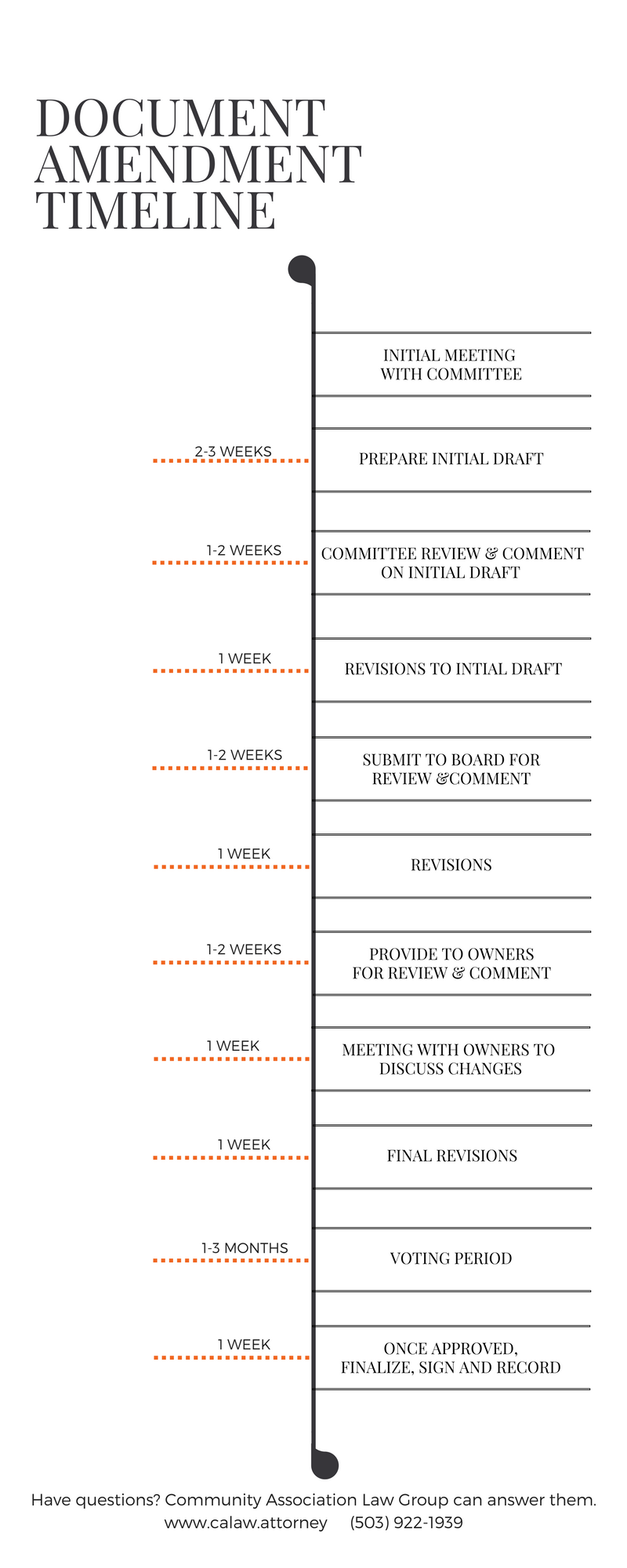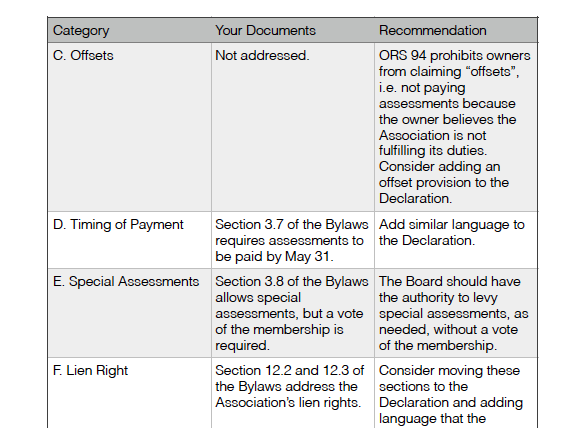Most community associations use parliamentary procedure to govern board and owner meetings. In the United States, the most popular form of parliamentary procedure is Robert’s Rules of Order. Complicated? Surely. But if you understand a few basics, you can learn how to run a civil and efficient meeting. Here’s the key to Robert’s Rules: 1) Motion 2) Second 3) Debate 4) Vote. The entire meeting should follow those steps.
First, a member of the assembly makes a motion. This is how business is brought before the group. Standing up and complaining, or voicing a concern, is not a motion and is “out of order.” Instead of standing up to complain about the state of disrepair of the clubhouse, I can make a motion. For example: “I move that we spend $2000 to repair the clubhouse.”
Next, another member of the assembly must second the motion. This simply ensures that at least one other member wishes to debate the motion. If a second is not received, the motion dies and a new motion may be entertained.
Now is the time to debate the motion. Members of the assembly take turns explaining why the assembly should vote for or against the motion.
Once the debate is closed, the assembly votes on the motion. Then the chair announces the outcome of the vote and a new motion may come before the assembly. The process repeats itself until a motion to adjourn the meeting is made.
To be sure, there are dozens of nuances and technical details. For example, during debate of a motion the maker of the motion speaks first, you alternate between those for the motion and those against the motion, those who haven’t spoken get precedence over those that have, etc., etc. Don’t get hung up on the technical aspects—-just remember: Motion, Second, Debate, Vote. That’s 99% of knowing Robert’s Rules.
Click here for a simple chart of parliamentarian motions: Motions Chart





